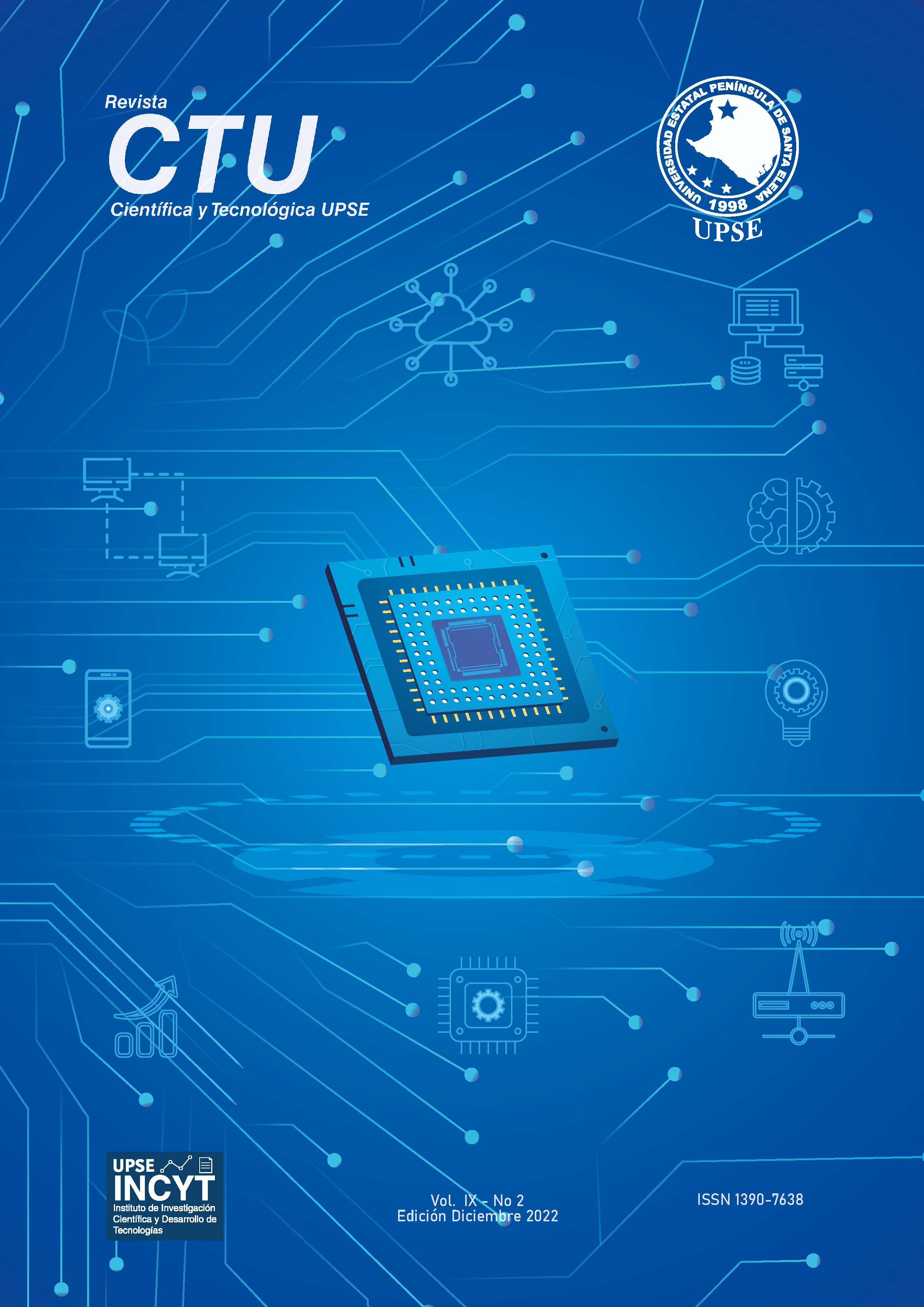Ósmosis inversa y destilación: análisis comparativo de la integración en plantas de potencia
DOI:
https://doi.org/10.26423/rctu.v9i2.700Palabras clave:
consumo de energía, desalación,eficiencia energética, ingeniería térmica, máquinas de vapor.Resumen
La creciente escasez del agua, sobrepoblación mundial y el aumento en la demanda de energía eléctrica han promovido que los procesos energéticos sean más eficientes, por lo que en este documento se plantea un análisis comparativo de dos tecnologías de desalación de agua de mar que proveen agua y consumen grandes cantidades de energía. El artículo tiene como objetivo realizar una comparación energética de las tecnologías con la mayor capacidad de contratación a nivel global como lo son la destilación y la ósmosis inversa e integrarlas al bloque de potencia y comparar que tecnología se ve favorecida en lo que respecta a impactos sobre el rendimiento global del ciclo de potencia. El estudio evalúa los consumos energéticos de la destilación y la ósmosis inversa (OI) teniendo como parámetro de diseño el agua de alimentación. Para la tecnología de destilación el proceso es insensible a la salinidad, por lo tanto, da igual seleccionar cualquier agua de alimentación. En cambio, para la OI factores como la temperatura y la salinidad hacen que los consumos energéticos se eleven. También cabe destacar que se evalúan tecnologías convencionales (temperatura de operación $< 70°C$)y no convencionales (temperatura de operación $>70°C$) de destilación que puedan competir con una tecnología convencional (un solo paso, una etapa) de ósmosis inversa con recuperación de energía de la salmuera. Como resultado, se observa que, aunque se haya elevado la eficiencia térmica del proceso de destilación e incluyendo un termocompresor esta tecnología no puede competir con la ósmosis inversa
Descargas
Publicado
Número
Sección
Licencia
El titular de los derechos de autor de la obra, otorga derechos de uso a los lectores mediante la licencia Creative Commons Atribución-NoComercial-CompartirIgual 4.0 Internacional. Esto permite el acceso gratuito inmediato a la obra y permite a cualquier usuario leer, descargar, copiar, distribuir, imprimir, buscar o vincular a los textos completos de los artículos, rastrearlos para su indexación, pasarlos como datos al software o usarlos para cualquier otro propósito legal.
Cuando la obra es aprobada y aceptada para su publicación, los autores conservan los derechos de autor sin restricciones, cediendo únicamente los derechos de reproducción, distribución para su explotación en formato de papel, así como en cualquier otro soporte magnético, óptico y digital.












